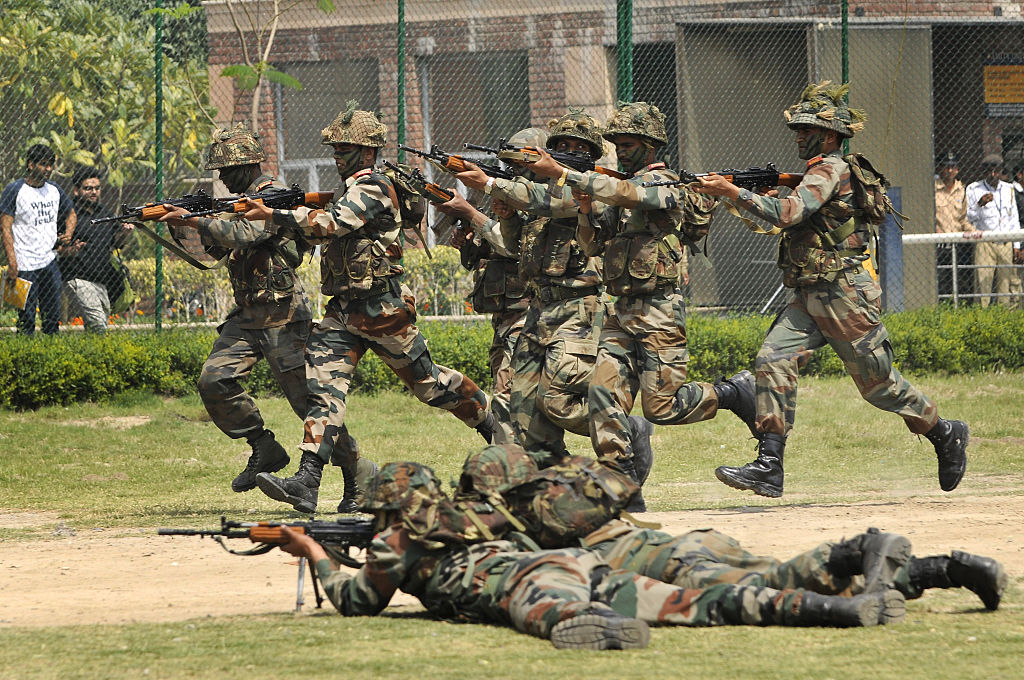In the wake of rising security tensions following the Pahalgam terror attack, India is preparing to test its emergency readiness with one of the largest nationwide mock drills in recent years. This isn’t just for the armed forces—ordinary citizens across 240+ districts will also participate.
Here’s what’s happening, why it matters, and what you should expect on May 7.
According to a communication from the Directorate General of Fire Service, Civil Defence and Home Guards, authorities emphasized the need for continuous readiness:
“In the current geo-political scenario, new and complex threats/challenges have emerged, hence, it would be prudent that optimum Civil Defence preparedness in the states/UTs is maintained at all times.”
(Source: PTI)
This statement reinforces the government’s push for proactive preparedness through drills like the one scheduled on May 7, highlighting that this is a preventive action rather than a reaction to any immediate threat.
Why Is This Drill Being Conducted?

After the April 22 terrorist attack in Pahalgam (Jammu & Kashmir), where 26 civilians were killed and many injured, the Indian government has taken a zero-compromise stance on national security.
Although there is no confirmed war threat, this mock drill is being conducted to:
-
Train local authorities and civilians for worst-case scenarios
-
Test emergency response systems across states
-
Ensure readiness if a conflict or crisis were to escalate
A senior government official told the Economic Times:
“This is not about panic. This is preparedness. We want to be sure our systems, from metros to villages, can respond quickly and calmly if needed.”
What Is a Mock Drill Exactly?

Think of it like a fire drill, but instead of simulating a building fire, this one mimics a wartime emergency, including air raids, power cuts, and evacuations. These drills:
-
Prepare civilians to act safely during conflict
-
Help authorities identify weak spots in infrastructure and planning
-
Ensure communication systems (like sirens and alerts) work properly
-
Train health workers, police, and disaster teams in quick response
What Will Happen on May 7?
Not all districts will experience the same activities, but depending on your location, you may see or experience:
-
⚫ Planned power blackouts in the evening (to simulate an air strike scenario)
-
📢 Air raid sirens sounding in urban areas
-
🏫 Evacuation drills in schools, malls, offices, and transport stations
-
🚨 Simulated emergency responses by police, paramedics, and firefighters
-
🧯 Safety education programs on how to respond in a real crisis
Important: This is only a simulation. No actual danger is expected. Citizens are advised not to panic and instead participate calmly.
What people may experience during the mock drill blackouts on May 7
During the drill, you may experience temporary blackouts, suspension of mobile signals, or traffic diversions. Authorities may also conduct evacuation exercises or hold public announcements. In some areas, police and paramilitary forces may simulate a war-like emergency.
Things to Remember During the Emergency Mock Drill:
-
✅ Stay Calm
Follow all instructions from local authorities and officials without panic. -
💡 Keep Emergency Essentials Ready
Have basic supplies like drinking water, essential medicines, flashlights, and charged power banks at hand. -
🛑 Don’t Spread Rumours
Avoid forwarding unverified messages or videos on WhatsApp, Instagram, or X. Stick to official news sources for reliable updates. -
⚠️ Expect Temporary Outages
Do not panic if there’s a brief power or internet shutdown—this may be part of the drill. -
📻 Tune In to Official Updates
Stay connected through government advisories, radio broadcasts, or trusted news portals for any real-time alerts.
This drill is not a reason to fear—it’s a reason to feel more confident. India’s growing preparedness in the face of rising security challenges is a sign of strength, not weakness.
Let’s be informed, prepared, and united—because safety is everyone’s responsibility.








